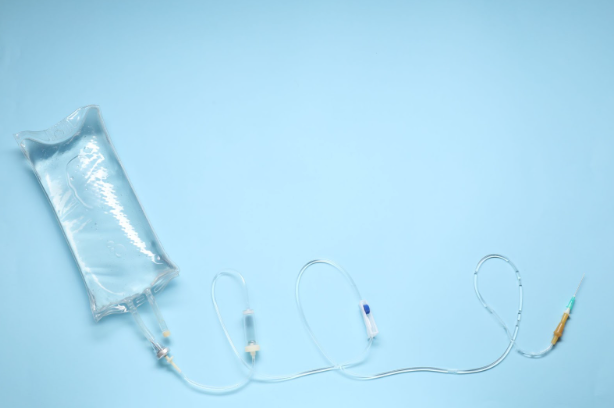What to Expect With Iron Infusions
- Modwella

- Jan 13, 2024
- 3 min read
Updated: Jan 3

Iron deficiency anemia (IDA) occurs when your body doesn’t have enough iron to produce healthy red blood cells. Symptoms like fatigue, weakness, and shortness of breath can make daily life difficult. For many, iron infusions offer a fast and effective solution, providing much-needed relief and energy.
What Are Iron Infusions?
Iron infusions, also called IV iron therapy, deliver iron directly into your bloodstream. This method is ideal when oral supplements don’t work or cause side effects. Common products, such as iron sucrose (Venofer) and ferric carboxymaltose, are chosen based on individual needs.
When Are Iron Infusions Needed?
Iron infusions may be recommended if:
Iron Levels Are Critically Low: Severe drops in ferritin or hemoglobin levels indicate the need for immediate treatment.
Oral Supplements Aren’t Effective: If oral iron causes side effects or doesn’t work, infusions offer an alternative.
Rapid Improvement Is Needed: Severe anemia can be debilitating; infusions provide quicker relief.
Chronic Conditions Are Present: Conditions like kidney disease or inflammatory bowel disease may require iron infusions for effective treatment.
How Many Iron Infusions Will You Need?
The number of infusions depends on several factors:
Severity of Deficiency: Severe anemia often requires multiple sessions.
Type of Iron: Different formulations deliver varying doses, affecting the number of treatments needed.
Personal Factors: Age, weight, health, and the cause of your iron deficiency all influence the treatment plan.
Response to Treatment: Blood tests, such as ferritin and hemoglobin levels, help determine whether more infusions are necessary.
What Happens During an Iron Infusion?
1. Preparation
A Modwella healthcare professional will set up your infusion at home. They’ll insert a small needle into a vein in your arm and connect it to the IV line.
2. The Infusion
The process can take 30 minutes to a few hours, depending on the dose and type of iron. Your vitals will be monitored throughout, ensuring your comfort and safety.
3. Aftercare
After the infusion, you’ll be monitored briefly for any immediate reactions. You’ll also receive aftercare tips, like staying hydrated and avoiding strenuous activity for the rest of the day.
Benefits of Iron Infusions
1. Fast Relief
Iron infusions work faster than oral supplements, delivering quick relief from symptoms like fatigue and weakness.
2. No Digestive Side Effects
Unlike oral iron, infusions bypass the digestive system, avoiding issues like nausea or constipation.
3. Higher Doses
Infusions allow for larger doses of iron, making them ideal for severe anemia or absorption issues.
4. Effective for Chronic Conditions
People with conditions like kidney disease or inflammatory bowel disease often see significant improvement with iron infusions.
5. Improved Quality of Life
Patients frequently report more energy, less fatigue, and overall better health after treatment.
6. Reduces Need for Transfusions
In severe cases, iron infusions can eliminate the need for blood transfusions, offering a less invasive option.
Potential Side Effects
Common Side Effects
Mild reactions like low blood pressure, joint pain, or skin irritation.
Rare but Serious Risks
Severe allergic reactions, such as anaphylaxis, or significant drops in blood pressure.
Safety Measures
Test doses and regular monitoring minimize risks and ensure your safety during treatment.
Modwella’s Iron Infusion Options
Iron Hydrate
This fast and efficient infusion rapidly boosts iron levels, providing quick relief from anemia symptoms.
Iron +
A comprehensive solution that combines iron with additional vitamins and minerals to optimize absorption and minimize side effects.
Experience Iron Infusions at Home
Modwella brings iron infusions to the comfort of your home, offering safe and effective treatment for iron deficiency anemia. Our healthcare professionals ensure a seamless experience, helping you feel better faster.
Explore our treatment options or let us create a customized plan for you. Start your journey to better health today!
.png)



Comments